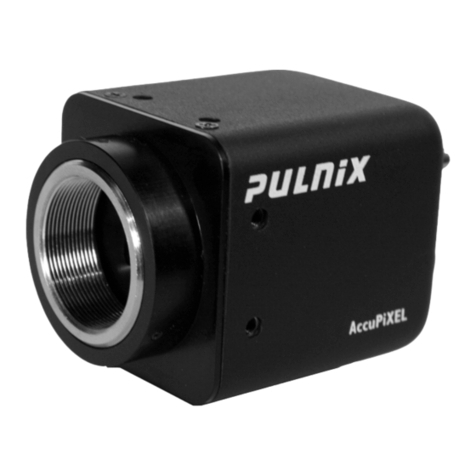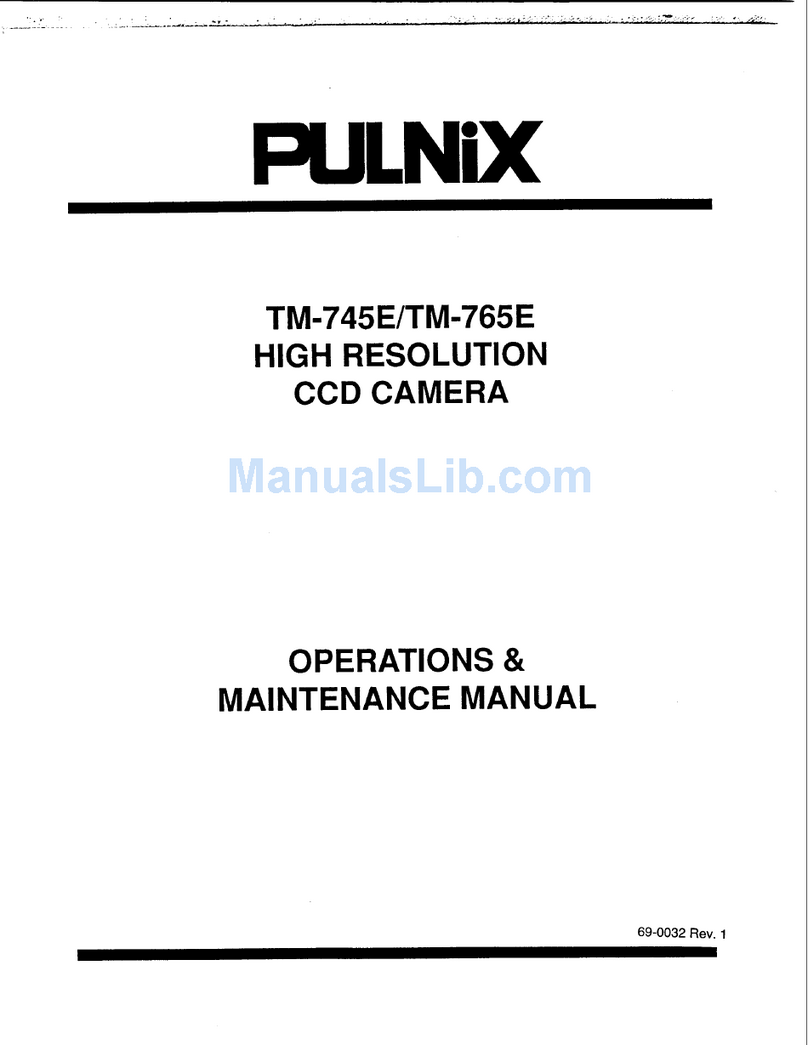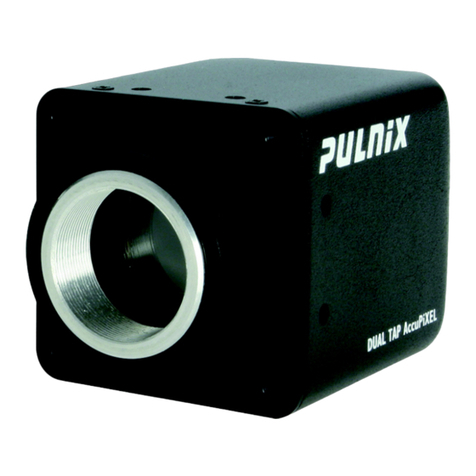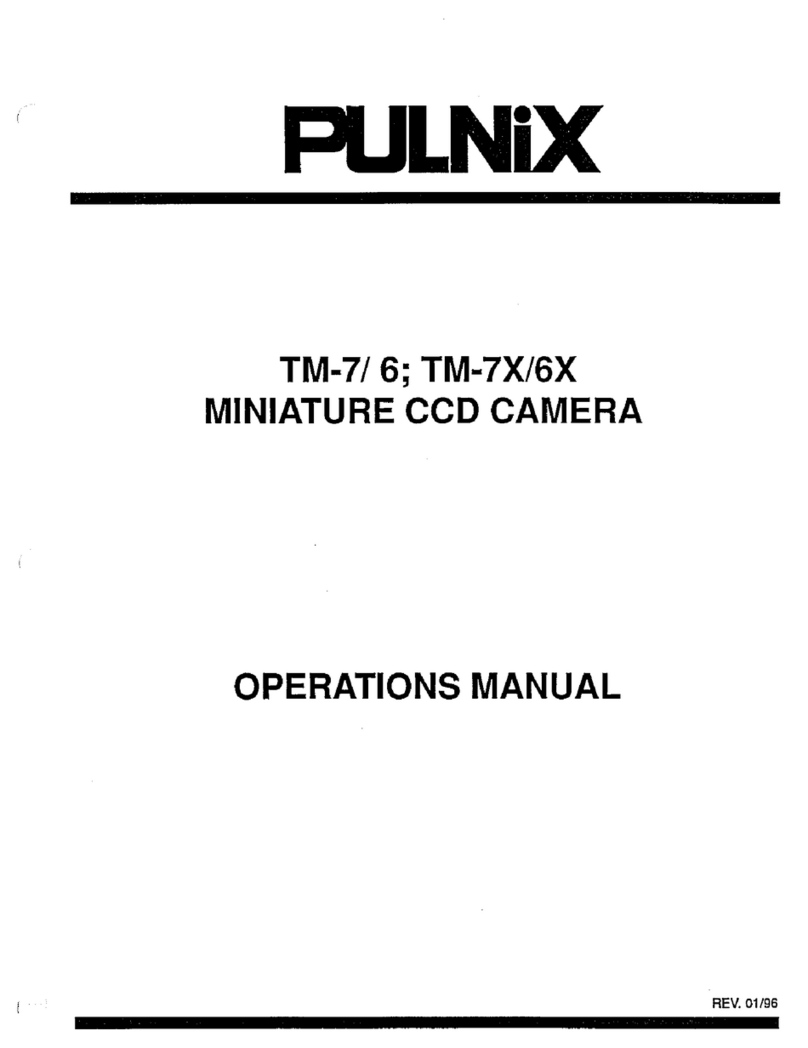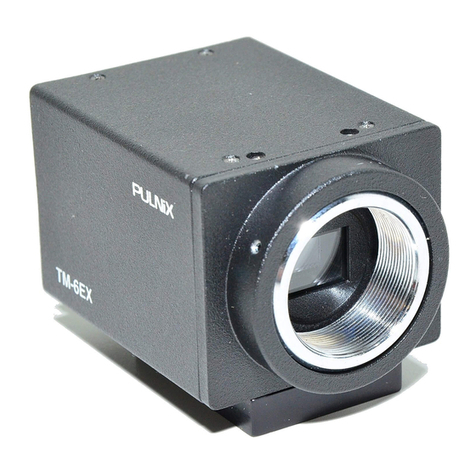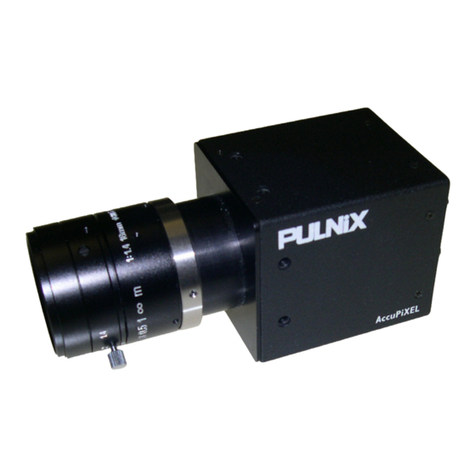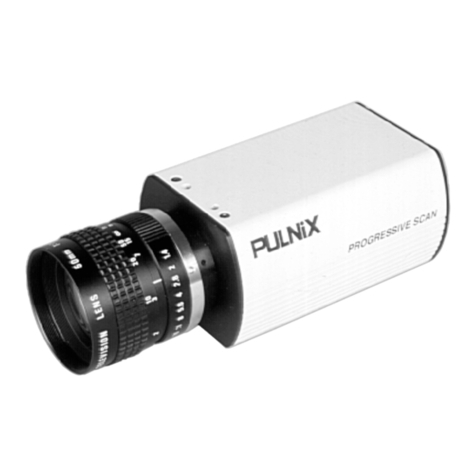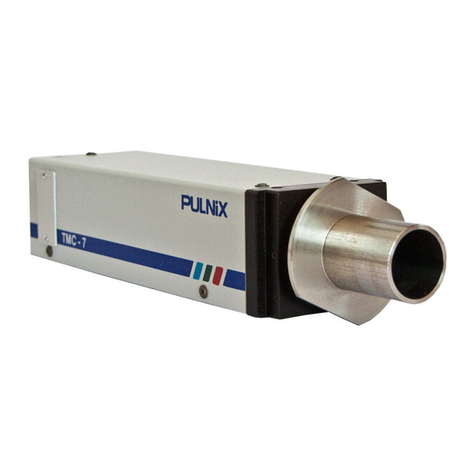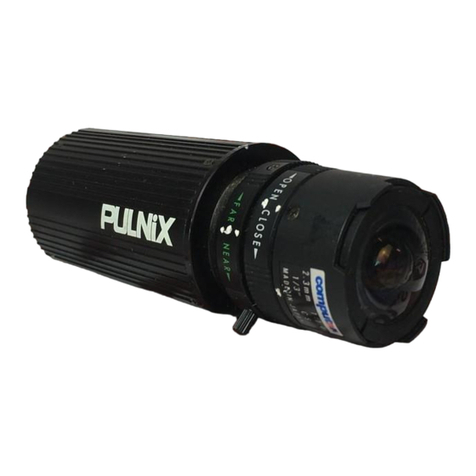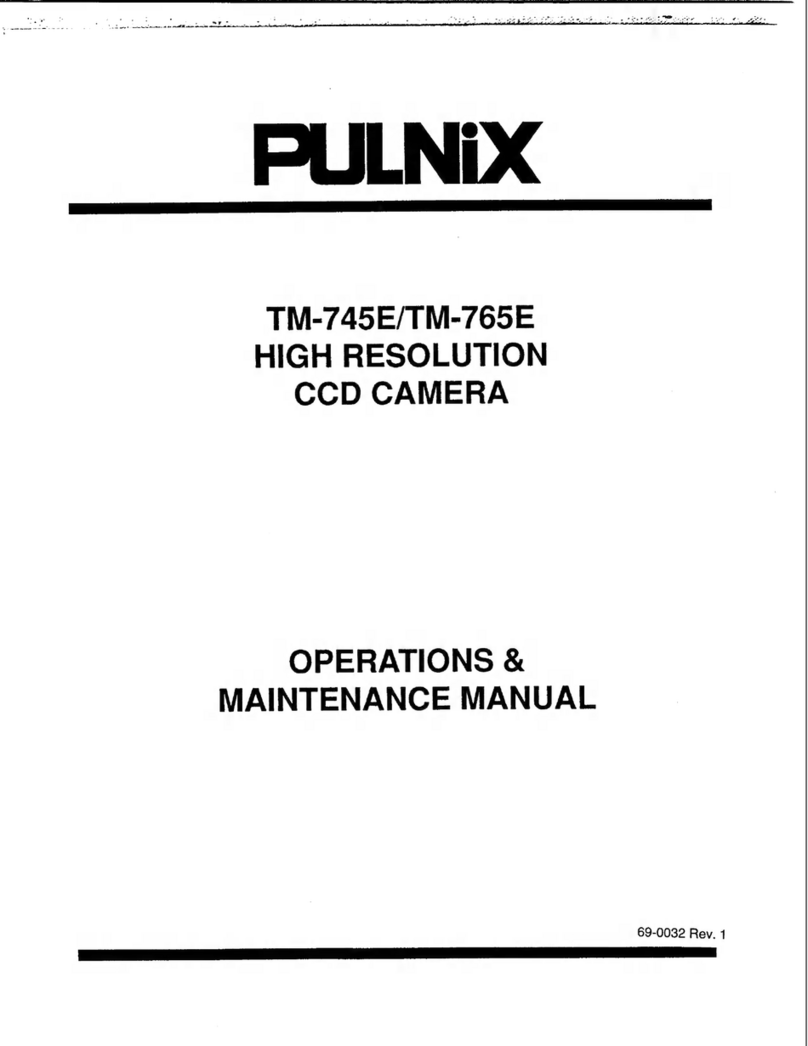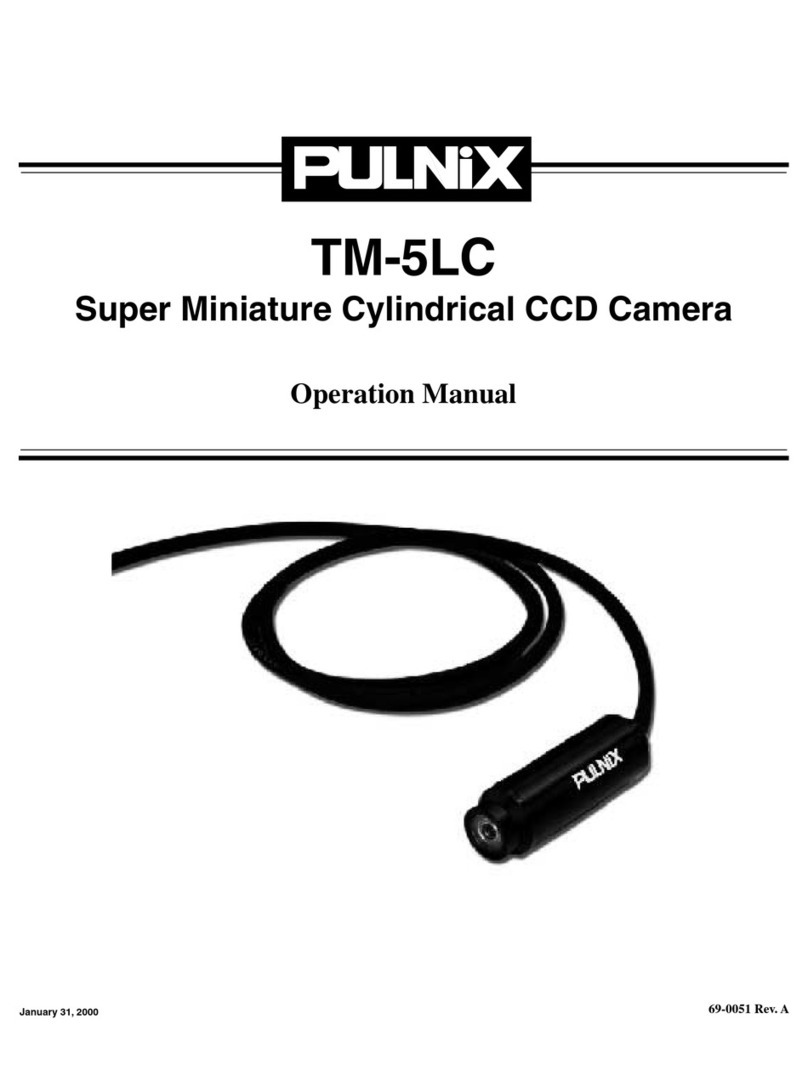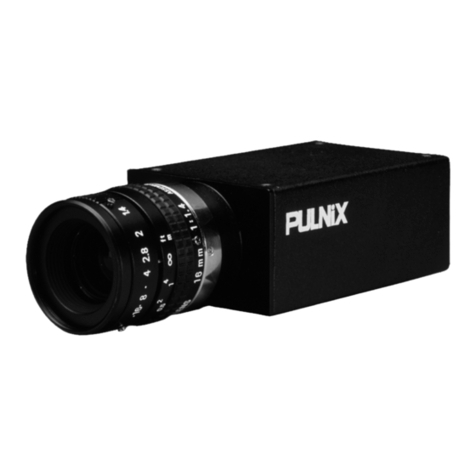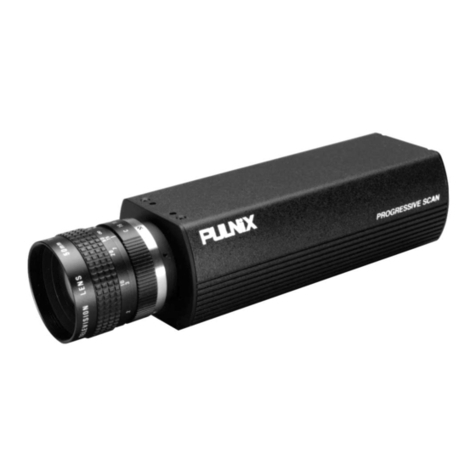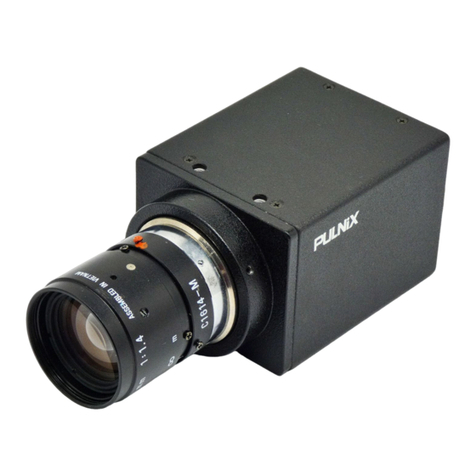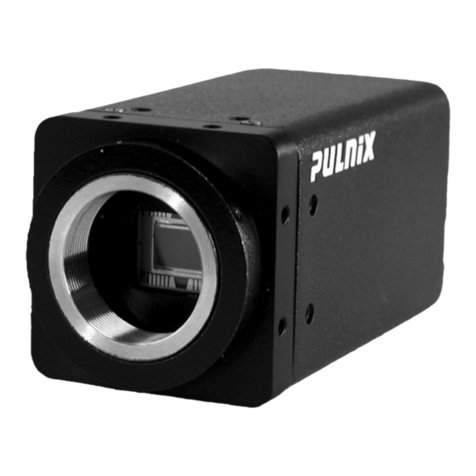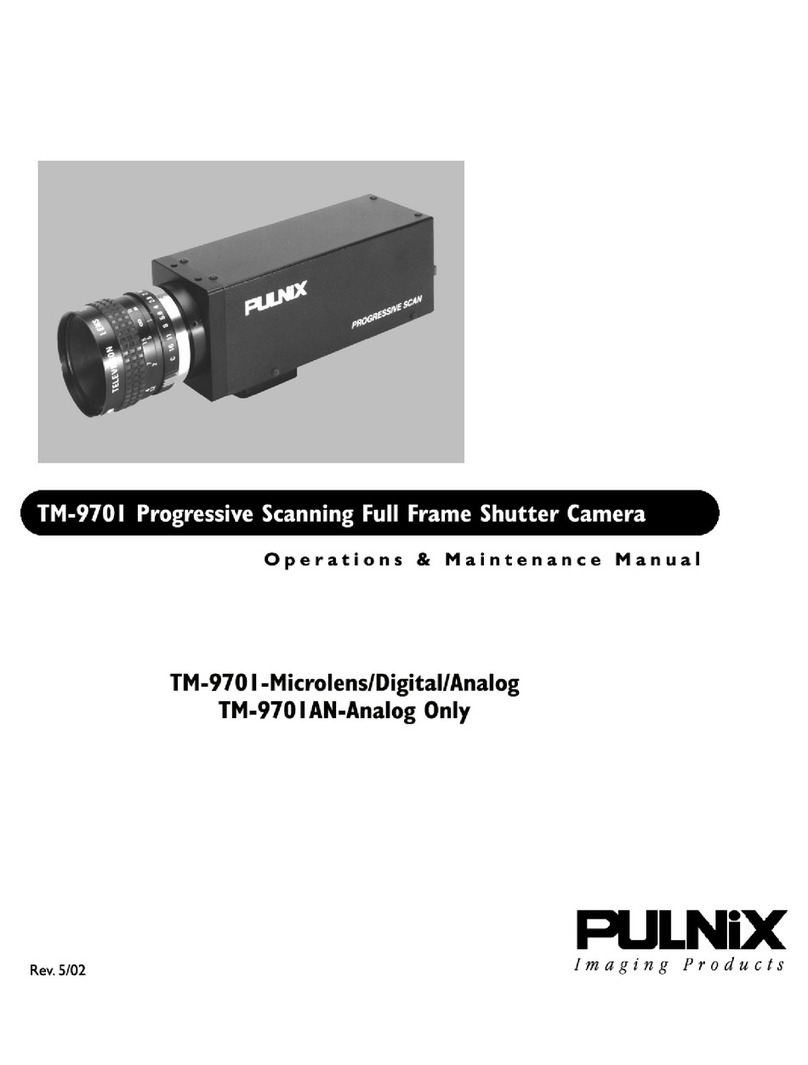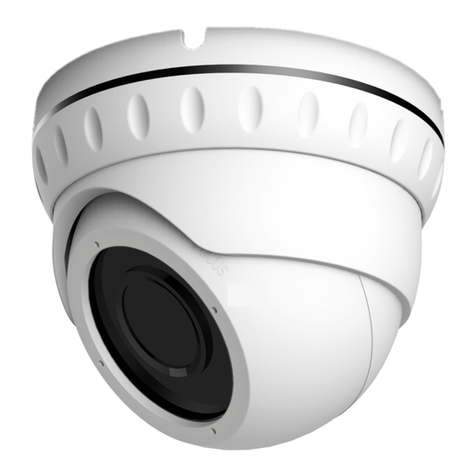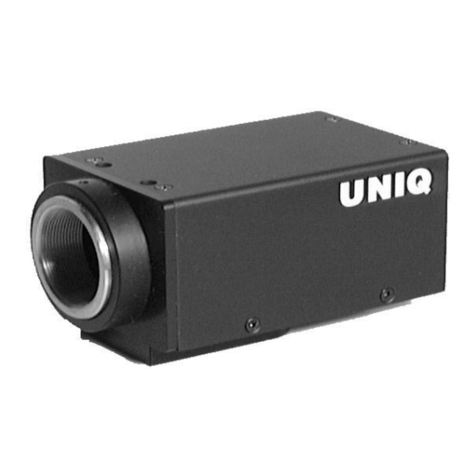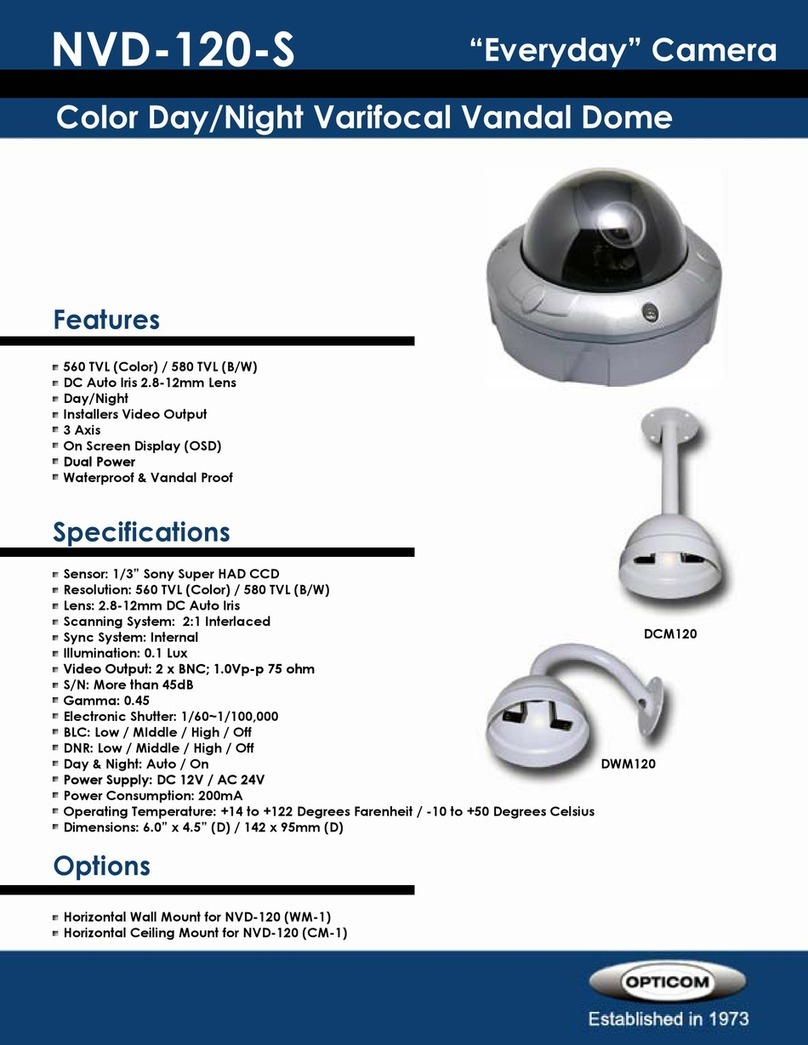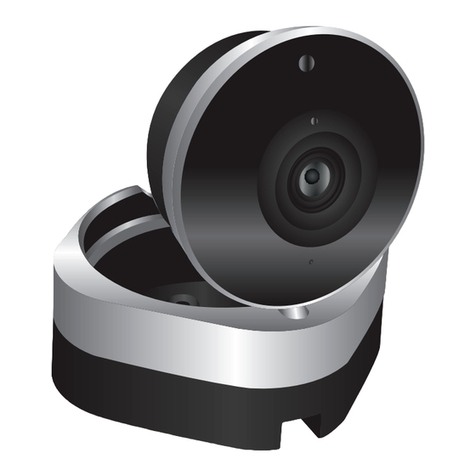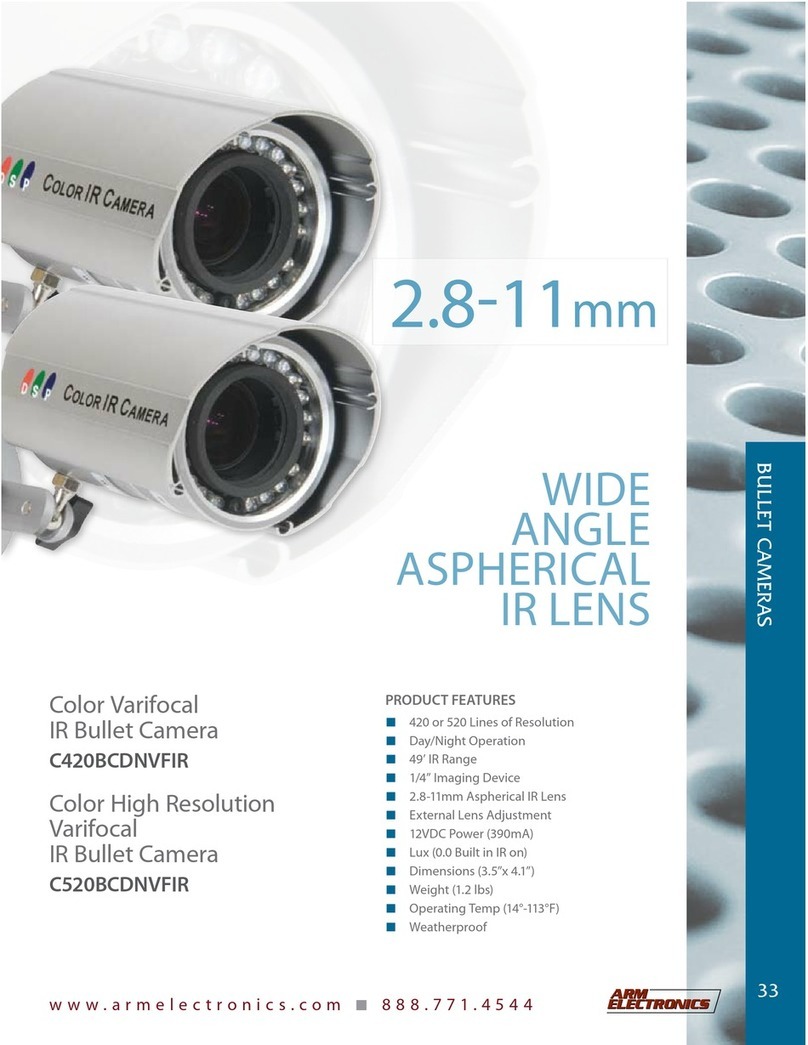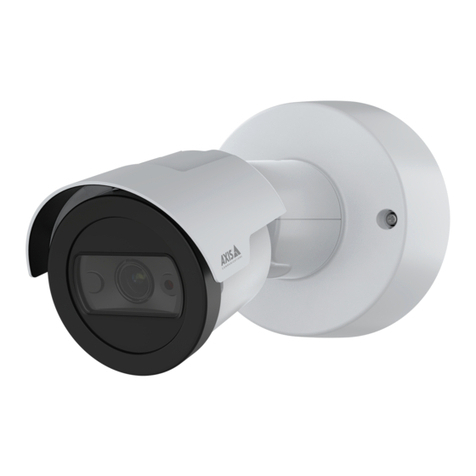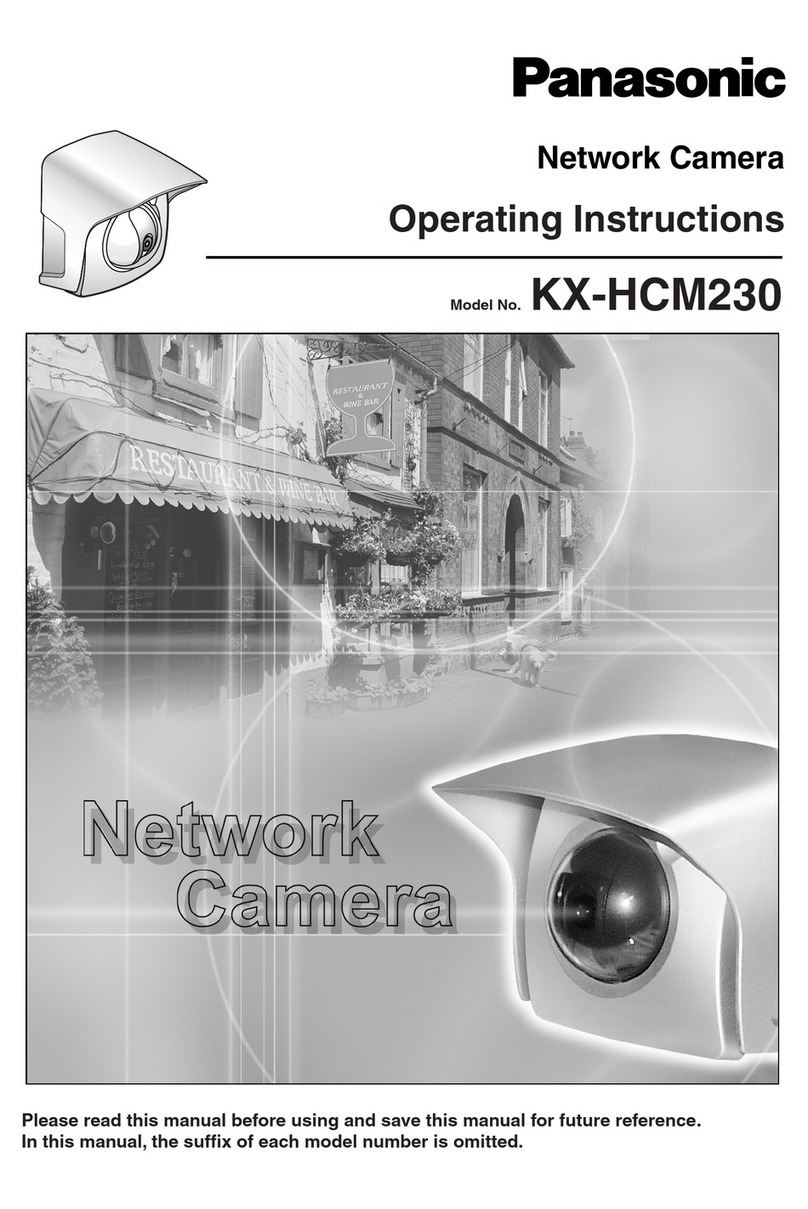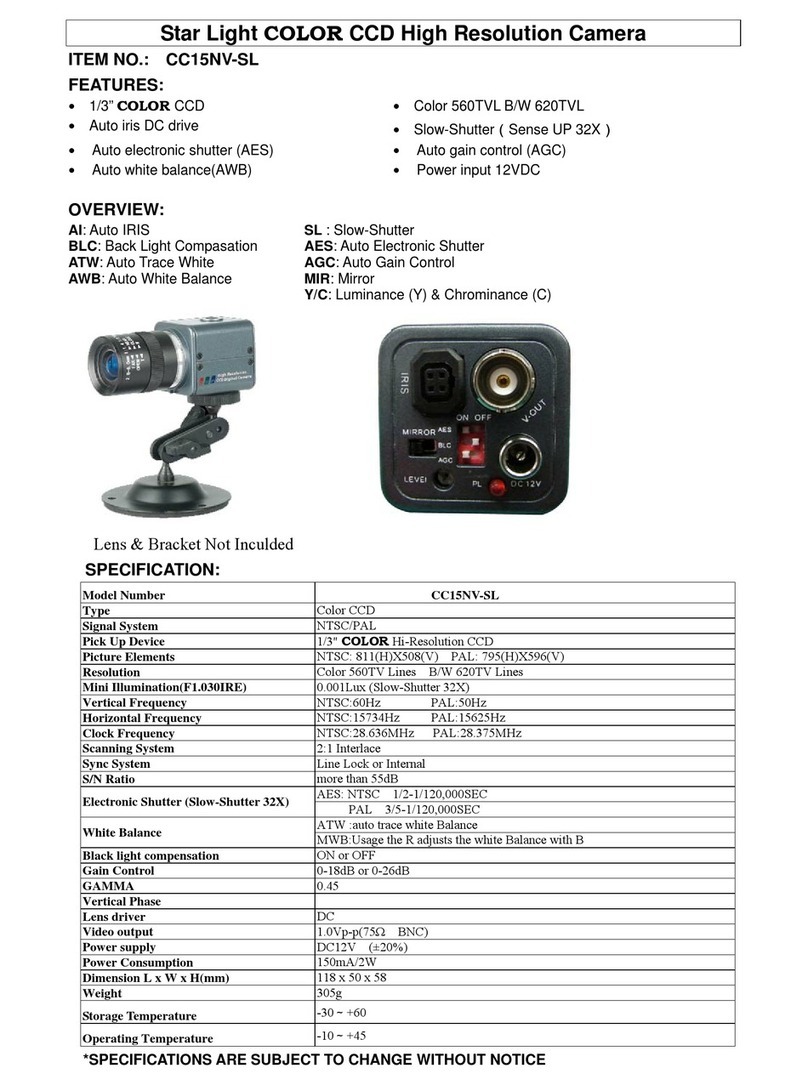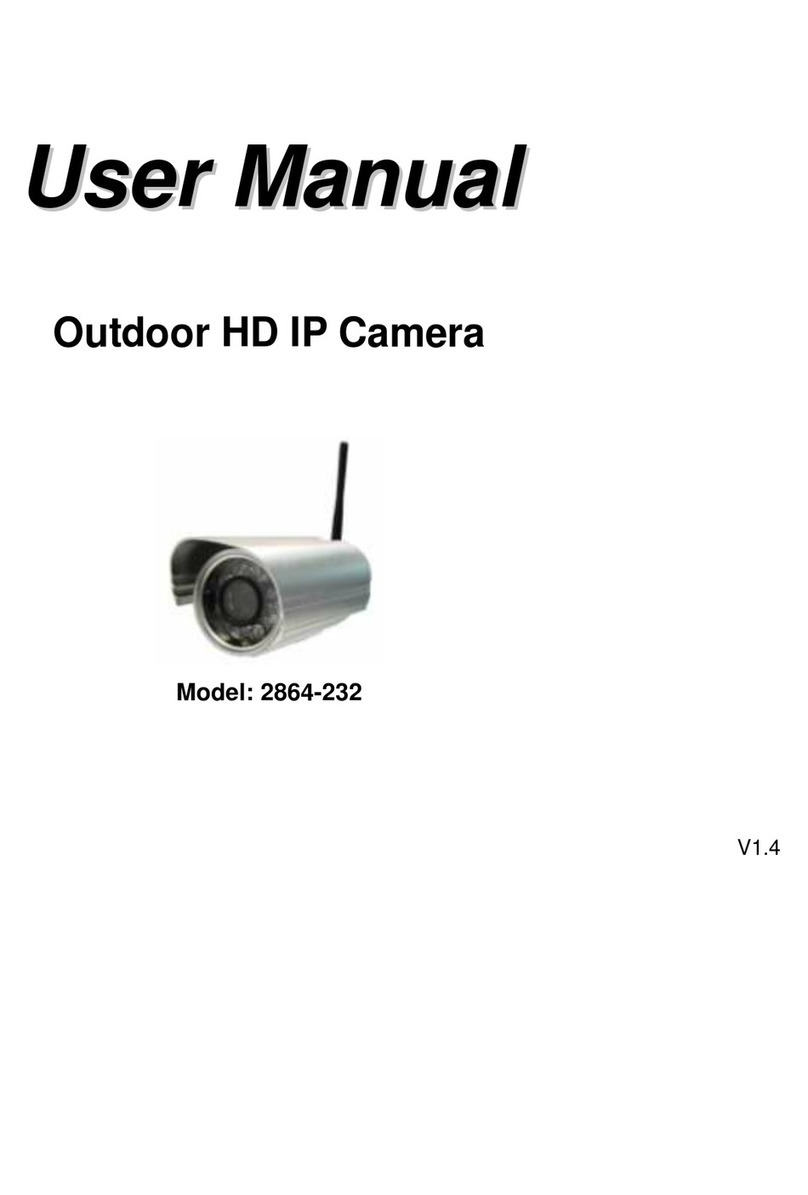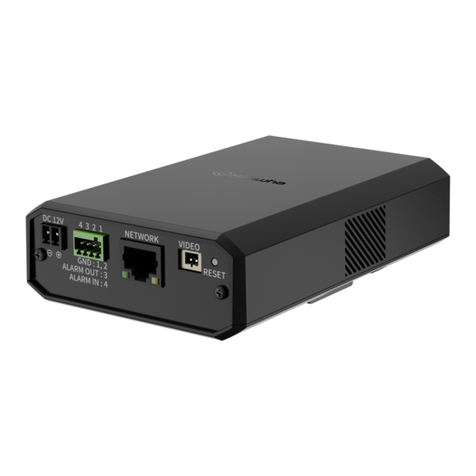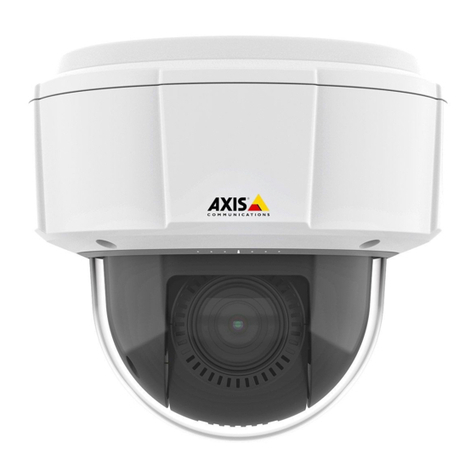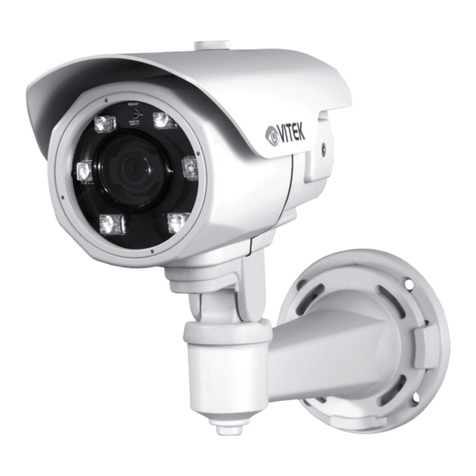
i
Table of Contents
TM-250 Miniature CCD Camera
1 Introduction . . . . . . . . . . . . . . . . . . . . . . . . . . . . . 1
1.1 Product Description. . . . . . . . . . . . . . . . . . . . . . . . . . . 1
1.2 Features. . . . . . . . . . . . . . . . . . . . . . . . . . . . . . . . . . . 1
1.3 Functional Options . . . . . . . . . . . . . . . . . . . . . . . . . . . 2
1.4 Applications . . . . . . . . . . . . . . . . . . . . . . . . . . . . . . . . 3
1.5 System Configuration. . . . . . . . . . . . . . . . . . . . . . . . . . 3
2 Installation . . . . . . . . . . . . . . . . . . . . . . . . . . . . . . 4
2.1 Getting Started. . . . . . . . . . . . . . . . . . . . . . . . . . . . . . 4
2.1.1 Unpacking Instructions . . . . . . . . . . . . . . . . . . . . . . . . . . . . . . . . . . . . 4
2.1.2 Components List. . . . . . . . . . . . . . . . . . . . . . . . . . . . . . . . . . . . . . . . . 4
2.1.3 Accessories . . . . . . . . . . . . . . . . . . . . . . . . . . . . . . . . . . . . . . . . . . . . .4
2.2 Camera Setup . . . . . . . . . . . . . . . . . . . . . . . . . . . . . . . 4
2.2.1 Connector Pin Configurations . . . . . . . . . . . . . . . . . . . . . . . . . . . . . . 4
2.2.2 Power Supply and Power Cable . . . . . . . . . . . . . . . . . . . . . . . . . . . . .5
2.2.3 Attaching theVideo Output . . . . . . . . . . . . . . . . . . . . . . . . . . . . . . . .7
2.2.4 Attaching the Camera Lens . . . . . . . . . . . . . . . . . . . . . . . . . . . . . . . . 7
2.2.5 Auto-Iris Lens Setup . . . . . . . . . . . . . . . . . . . . . . . . . . . . . . . . . . . . . .7
2.2.6 Monitor Display Mode . . . . . . . . . . . . . . . . . . . . . . . . . . . . . . . . . . . . 7
3 Operation . . . . . . . . . . . . . . . . . . . . . . . . . . . . . . . 8
3.1 Rear Panel Switches. . . . . . . . . . . . . . . . . . . . . . . . . . . 8
3.1.1 Function Control . . . . . . . . . . . . . . . . . . . . . . . . . . . . . . . . . . . . . . . .8
3.1.2 Shutter Control . . . . . . . . . . . . . . . . . . . . . . . . . . . . . . . . . . . . . . . . .8
3.1.3 Field and Frame Modes. . . . . . . . . . . . . . . . . . . . . . . . . . . . . . . . . . .11
3.2 External Sync . . . . . . . . . . . . . . . . . . . . . . . . . . . . . . 12
3.2.1 Timing . . . . . . . . . . . . . . . . . . . . . . . . . . . . . . . . . . . . . . . . . . . . . . . .13
3.2.2 Interfacing to Frame Grabbers . . . . . . . . . . . . . . . . . . . . . . . . . . . . . 13
3.3 Operating Modes. . . . . . . . . . . . . . . . . . . . . . . . . . . . 13
3.3.1 Standard Interlace Mode. . . . . . . . . . . . . . . . . . . . . . . . . . . . . . . . . . 14
3.3.2 Cyclic (Continuous) Shutter Mode . . . . . . . . . . . . . . . . . . . . . . . . .14
3.3.3 Asynchronous Reset and Asynchronous Shutter. . . . . . . . . . . . . . . 14
3.3.4 External Sync Mode . . . . . . . . . . . . . . . . . . . . . . . . . . . . . . . . . . . . . 15
3.3.5 Reset-Restart Mode . . . . . . . . . . . . . . . . . . . . . . . . . . . . . . . . . . . . . 15
3.3.6 External Shutter Control . . . . . . . . . . . . . . . . . . . . . . . . . . . . . . . . .15
3.3.7 Integration. . . . . . . . . . . . . . . . . . . . . . . . . . . . . . . . . . . . . . . . . . . . . 15
3.3.8 Non-Interlace Operation . . . . . . . . . . . . . . . . . . . . . . . . . . . . . . . . . 15
4 TM-250 External Signals . . . . . . . . . . . . . . . . . . . . 16
4.1 External VD . . . . . . . . . . . . . . . . . . . . . . . . . . . . . . . 16
4.2 External HD and Internal Sampling Clock . . . . . . . . . . . 16
4.3 Width Mode Reset-Restart Operation . . . . . . . . . . . . . 17
5 Operation Mode . . . . . . . . . . . . . . . . . . . . . . . . . . 18
5.1 Cyclic Mode . . . . . . . . . . . . . . . . . . . . . . . . . . . . . . . 18
5.1.1 No Discharge Operation . . . . . . . . . . . . . . . . . . . . . . . . . . . . . . . . .18
5.1.2 Fast Shutter Cyclic Mode . . . . . . . . . . . . . . . . . . . . . . . . . . . . . . . . . 19
5.1.3 Trigger Position Reset/Restart Shutter Mode . . . . . . . . . . . . . . . . .20
5.1.4 Trigger Width Reset/Restart Mode . . . . . . . . . . . . . . . . . . . . . . . . . 21
5.2 Asynchronous Operation. . . . . . . . . . . . . . . . . . . . . . . 22

